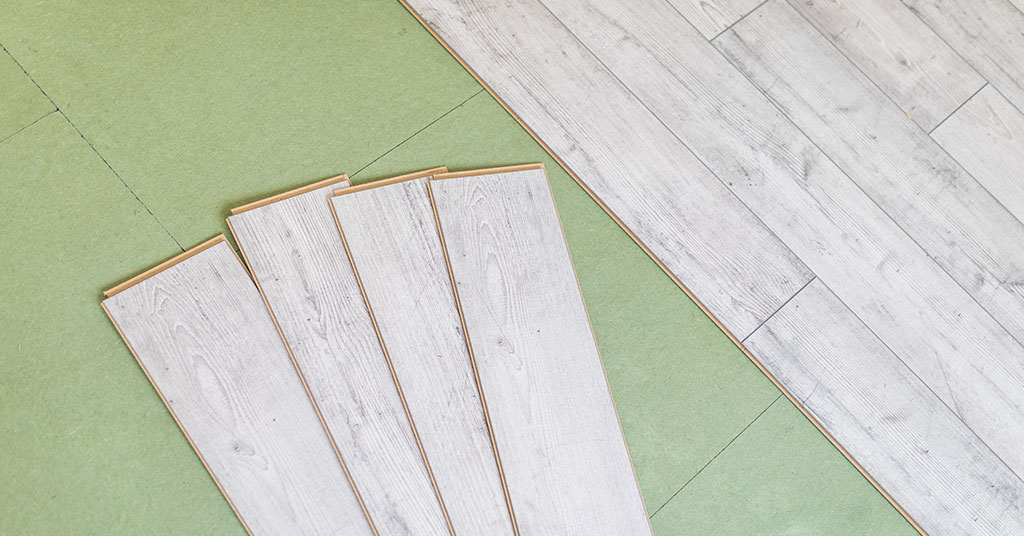People these days like to bring great aesthetics, class, & style into their beautiful homes, including tiles. In the hunt for a reasonable flooring or wall solution, tiles play a key role!
Tiles offer efficacy, magnificence, durability, and many other benefits over other options. Once installed they serve a long life of shiny days & ask for the least costly cleaning & maintenance work!
Do you know that Tiles rule the world of flooring? They are heroes of your interiors without a doubt and can be great for wall decorations too! Every house is different and of course with different needs. So picking the right tiles for your needs is important.
When it comes to choosing the perfect tiles for your home, the decision can be overwhelming. There are a plethora of options available in the market, each with its own set of benefits and drawbacks. Every one of these kinds has attributes intended to serve the idea of style, purpose, size, and accessible space for tiling.
Two popular choices are ceramic and porcelain tiles used in home improvement projects. While they may seem similar, some key differences between the two can greatly impact your decision.
In this blog post, we will explore the differences between ceramic and porcelain tiles, including their composition, durability, maintenance requirements, their pros and cons, and help you make an informed decision. By the end, you will have a better understanding of which type of tile is best suited for your needs.
What are Ceramic Tiles?
Ceramics is a class of material that is semi-crystalline, amorphous, and inorganic. Ceramic tiles are made from clay that is heated in a kiln that is commonly used for flooring, wall coverings, and other decorative purpose. They are available in a wide range of sizes, shapes, and colors.
Ceramic tiles are a popular choice for homeowners due to their durability, versatility, and aesthetic appeal. They are easy to cut and install, making them a popular choice for DIY projects. However, like any other flooring option, ceramic tiles also have their pros and cons.
Pros of Ceramic Tiles
- Affordability: Ceramic tiles are cost-effective and are comparatively less expensive than porcelain tiles.
- Ease of Installation: They are easier to cut and install than porcelain tiles.
- Variety: Ceramic tiles come in a wide range of colors, shapes, and sizes.
- Easy to Clean and Maintain
- Moisture Resistant
- Fire Resistant
Cons of Ceramic Tiles
- Durability: Ceramic tiles are not as durable as porcelain tiles. They are more prone to cracks and chips if they are hit with a heavy object or dropped.
- Water Resistance: While ceramic tiles are glazed to make them water-resistant, they are not as water-resistant as porcelain tiles. It can be slippery when wet, which can make it a hazard in areas prone to spills or water exposure.
Types of Ceramic Tiles
1. Glazed Ceramic Tiles
Glazed ceramic tiles are tiles that have a glazed coating applied to them. This glazed coating is typically made from a combination of silica, clay, minerals, and colorants. The glaze may be glossy, matte, or other finishes depending on the desired effect. Glazed ceramic tiles are commonly used in bathrooms and kitchens, as the glaze makes them waterproof and easy to clean. They are also resistant to staining and fading, making them a popular choice for flooring in high-traffic areas.
2. Unglazed ceramic tiles
Unglazed ceramic tiles made of clay that have not been finished with a glaze. The tiles have a rough, matte texture and come in a variety of natural colors, ranging from brown to red to yellow. Unglazed ceramic tiles are commonly used in outdoor applications such as patios, walkways, and pool areas due to their slip-resistant, durable nature. They are also used in indoor applications such as kitchen and bathroom backsplashes.
What are Porcelain Tiles?
Porcelain tiles are made from a more refined clay and are fired at higher temperatures than ceramic tiles. This makes them denser and more durable. Porcelain tiles are known for their strength and water resistance, making them a good choice for areas with high moisture levels, like bathrooms and kitchens.
Porcelain tiles have become increasingly popular in recent years due to their durability, versatility, and aesthetic appeal. Whether you are renovating your bathroom, kitchen, or any other living space, porcelain tiles offer numerous advantages over other flooring options.
Pros of Porcelain Tiles
- Durability: Porcelain tiles are more durable and are resistant to cracks & chips.
- Water Resistance: Porcelain tiles are highly water resistant, making them a good choice for areas with high moisture levels.
- Longevity: Due to their durability, porcelain tiles tend to last longer than ceramic tiles.
Cons of Porcelain Tiles
- Cost: More expensive compared to ceramic tiles.
- Installation: They are harder to cut and install than ceramic tiles. Professional installation is often recommended.
Ceramic vs Porcelain Tiles: Making the Decision
When deciding between ceramic and porcelain tiles, consider the following fact
| Ceramic | Porcelain |
| Composition | |
| Made from a mixture of clay, water, and minerals. | Made from a mixture of fine clay and other minerals |
| Compared to porcelain tiles, ceramic tiles are fired at lower temperatures | Fired at higher temperatures than ceramic tiles |
| Glazed or unglazed options are available | Less porous and dense compared to ceramic tiles |
| Durability | |
| Less durable than porcelain tiles | Highly durable |
| Prone to chipping and cracking | Resistant to chipping and cracking |
| Suitable for low to medium-traffic areas | Suitable for high-traffic areas |
| Maintenance | |
| Require regular cleaning & maintenance | Low maintenance and easy-to-clean |
| Easily stained if not properly sealed | Resistant to stains and moisture |
| Cost | |
| Generally more affordable compared to porcelain tiles | Generally more expensive than ceramic tiles |
| A wide range of price options is available | Higher quality and durability justify the higher cost |
| Other Factors | |
| Budget: If you are on a tight budget, ceramic tiles may be the better option. | |
| Durability: If durability is a key concern, go for porcelain tiles. | |
| Installation: If you plan to install the tiles yourself, ceramic tiles may be easier to handle. | |
| Location: For areas with high moisture levels, like bathrooms and kitchens, porcelain tiles are the better choice. | |
Conclusion
In conclusion, while both ceramic and porcelain tiles have their advantages and disadvantages, it is important to consider your specific needs and preferences when making a decision.
Ceramic tiles are a more affordable option and suitable for low to medium-traffic areas, while porcelain tiles offer superior durability and are ideal for high-traffic areas. Consider factors such as the location of installation, maintenance requirements, cost, foot traffic, and desired aesthetic to make an informed decision. By considering the factors mentioned above, you can make an informed decision that best suits your home and lifestyle.



